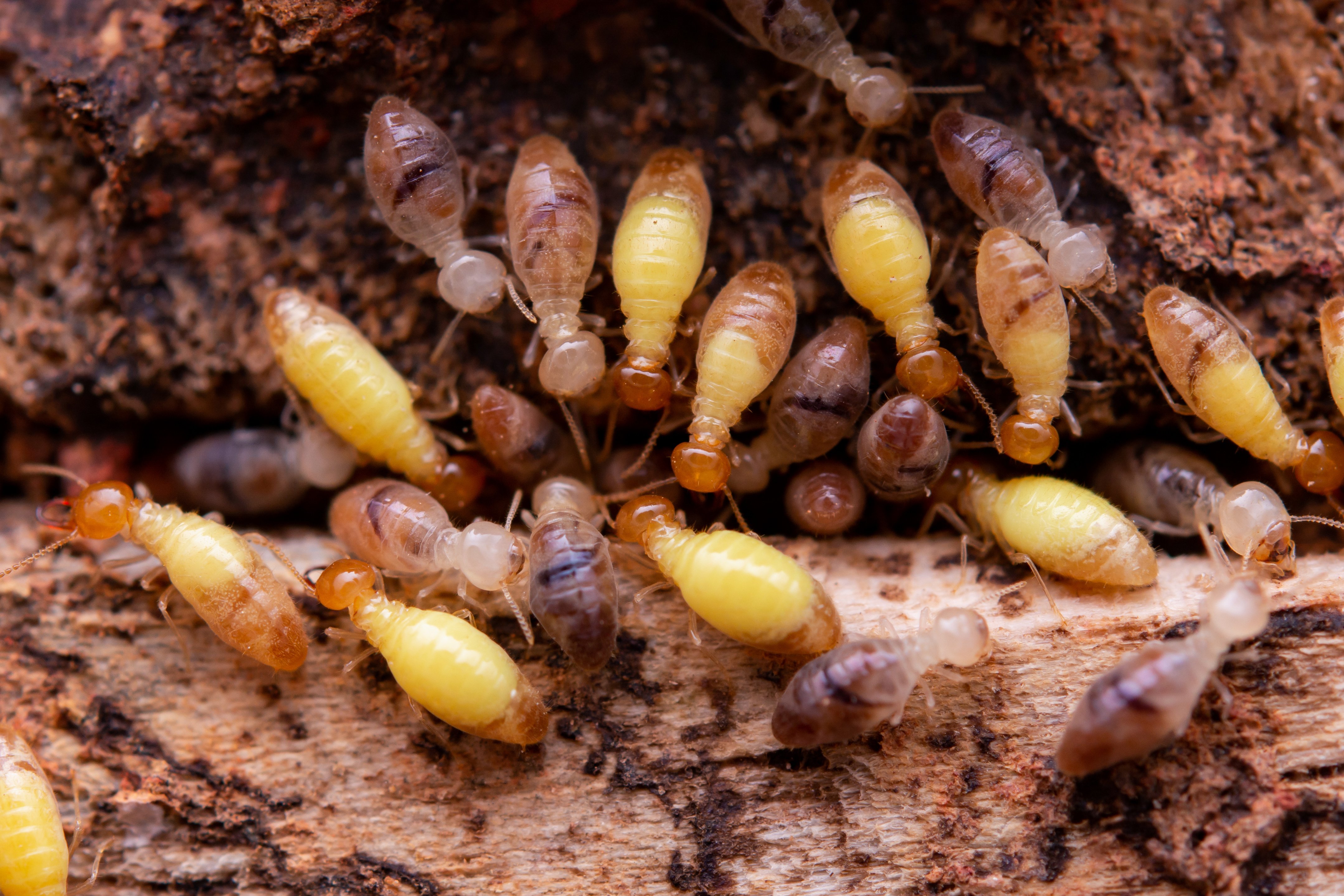What You Need To Know About Termite Inspections

From an economic standpoint, no pest is more damaging than termites. While they don’t represent a meaningful physical threat to your health like some other pests, they represent enormous threats to your home, your wallet, and your peace of mind. Perhaps the most frustrating aspect of a termite infestation is how hard it can be to tell that one is even happening. That’s why termite inspections are an important and frequently necessary part of protecting your home.
What Are the Risks of a Termite Infestation?
Termite infestations are a uniquely dangerous threat to homes. For starters, most home insurance policies do not cover termite damage, which means that whatever happens, you are probably on your own. Termites do billions of dollars of damage to homes every year. The longer an infestation lasts, the more damaging it becomes. Repairs costs in the tens of thousands of dollars are not uncommon. There is also the fact that home reconstruction can be noisy and may even necessitate temporary relocation, which can be a huge headache for the entire family.
What Are Some Signs You Should Get a Termite Inspection?
The most apparent signs are wood damage, the presence of winged reproductive termites known as “swarmers” and shelter tubes. Termites will also consume the paper backing of sheetrock, so bubbled or uneven painted surfaces can be an indication of a termite infestation. When in doubt it’s best to call in a termite professional so you can know for sure.

How Should You Prepare for a Termite Inspection?
Termite inspectors will need easy access to places where they will need to perform their tests. That means you will need to move items away from the walls when possible, even a few inches will help. If you have crawlspaces, you should do what you can to make them accessible. Crawlspaces tend to have higher moisture which makes them especially prone to harboring termites. Since crawlspaces are rarely inspected by homeowners, this is a prime location for termite activity.
If you have past treatment records, it’s important to have them ready for the inspector to review. This will enable them to see past damage and determine if previously treated areas have become reinfested. Due to liability issues, most inspectors will hesitate to call damage “old” without records of previous treatments.
What Does a Pest Control Technician Look for During a Termite Inspection?
The most obvious signs of a termite infestation are shelter tubes, wood damage, termite swarmers, and shed swarmer wings. But those are just the most obvious signs. Technicians will use more advanced tools and methods to carefully scour your home. Using a probe, technicians will check your walls. A difference in tone can suggest a difference in density and damaged wood. Moisture meters are another helpful tool when looking for damp wood termite species. Drywood termites will leave behind distinctive six-sided wood pellet droppings that can accumulate in large numbers near the entryways to the nests. Technicians will also look for shed swarmer wings which often accumulate near light sources like lamps and windows.
If you are concerned that you have a termite infestation, call Viking Pest today!











